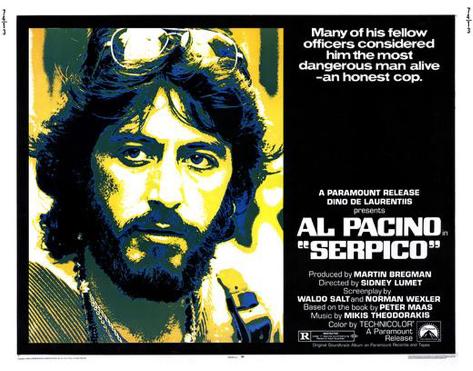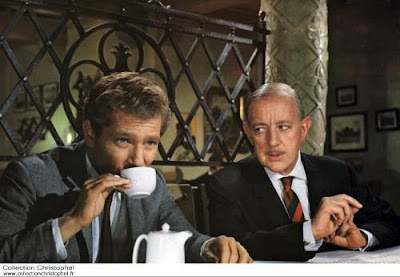"You spend all this time in the Zone, you bring back a dog, the house needs decorating, your daughter's moving glasses again..."
Aleksandr Kaydanokvskiy, Anatoliy Solonitsyn, Nikolay Grinko
ph. Aleksandr Knyazhinsky
During STALKER I kept getting the feeling I was watching three boys in a primary school play pretending to be intrepidly voyaging through the perils of a mysterious 'zone', perils which they keep making up on the spot. Looking at some of the director's rather serious interviews, I doubt this was intentional (on responding to official criticism, he reportedly commented that he was only interested in the opinions of two people: Bergman and Bresson). Also I found the philosophical discussions between the trio frankly boring to someone of my limited intellect. Of course, being Tarkovsky, we are treated to some splendid elemental stuff: mist and dust, rain, an Anubis-like dog and most importantly, long shots of objects just beneath the surface of water. There was a silvery image of a well which was just spellbinding.

Talking of water, the weird thing happened again that the weather outside (lots of rain and dripping guttering) seemed to emulate the film, and at one point I had to stop it to check whether the birdsong was ours or Tarkovsky's (it was his).
Remarkable photography by Aleksander Knyazhinsky replaced the destroyed 1977 footage; filmed in poisonous derelict Estonian factories which ultimately led to the deaths of Tarkovsky, his wife and one of their lead actors, giving the film a haunting resonance.
Artemyev's distinctive weird music mixes a familiar 70s synth string sound with a treated melody played on a Persian tar (a sort of ancient guitar) and a flute.
I was thinking this the least of my four Tarkovskys but find on reflection there was lots in it. It's also led me to Geoff Dyer's entertaining book
"Zona: A Book About a Film About a Journey to a Room".
Finally, an interesting word on style in the director's own words:
"If the regular length of a shot is increased, one becomes bored, but if you keep on making it longer, it piques your interest, and if you make it even longer a new quality emerges, a special intensity of attention."
A couple of P.S.s. Great directors and animals. If we take the triumvirate of Bresson, Bergman and Tarkovsky as the top of the heavyweights: well we know Bergman wasn't really interested in animals. Bresson clearly is. Dogs appear quite a bit in Tarkovsky:
Nostalghia also. It's important; I don't know why.
And: water
inside. The first thing (in T. documentary) that fascinated me, water running down the walls in
Mirror - these seem to recur in all his films, meaning? And rain. That long shot at the end, then it
rains. I love it! (Are we inside or outside?)
After-tangent. As Mark Cousins had kindly given away the endings of this and
Nostalghia, I was alert to the opening where an object appears to move across a table,
then we hear the train. The ending is an extension of this scene. Tarkovsky leaves absolutely everything open.





